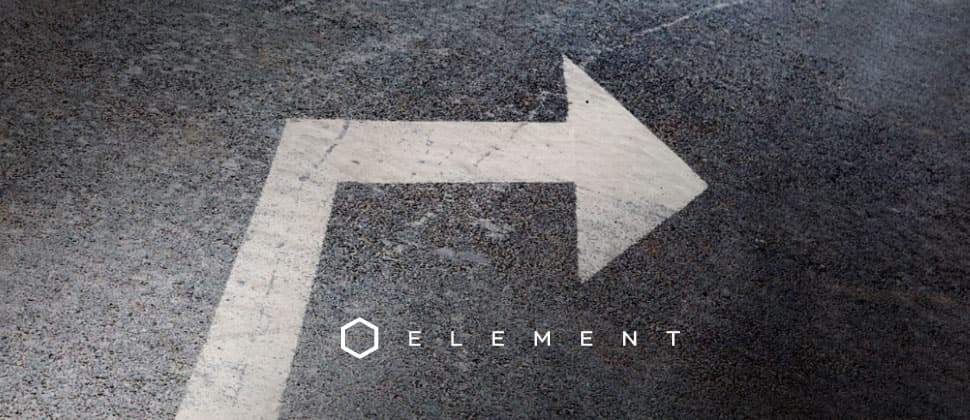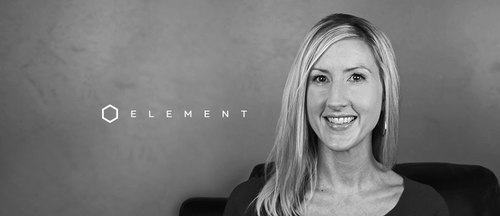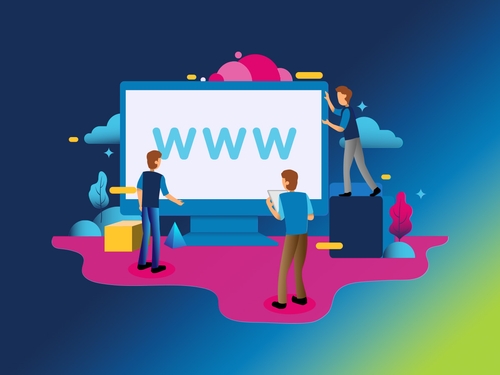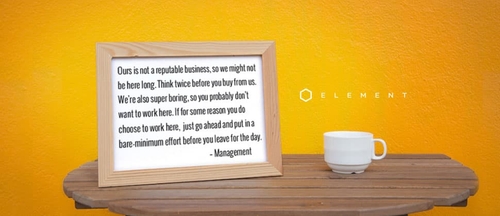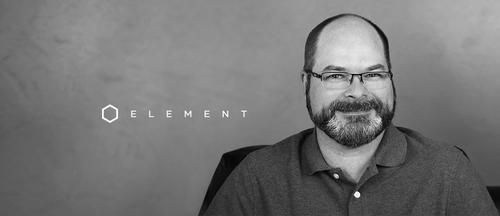Impacted by culture, technology, and media, design trends continuously ebb and flow. As we round out the first month of a new year, we are identifying some of the popular trends in the design world for 2017.
Design trends don’t turn on a dime in the timespan of just one year. In fact, many of last year’s trending designs are still being applied today. Despite the carryover on some of this year’s design trends, it’s evident more companies are looking to simplify the user experience and are saying more by featuring less.
Going Beyond Flat
2017 is all about minimalist designs. Both in print and on the web, more companies are looking to keep designs simple. The concept of flat design is expected to maintain its popularity. This trend is all about clean designs and big blocks of color. However, we are starting to see an ever-so-subtle layering effect evolve within the concept of flat design to create slight shadows and a bit of depth and dimension.
Logo Logistics
Up until recently, companies favored logos that featured an abstract symbol on the left- or right-hand side of a typeset. This trend is likely to stick around for insurance companies, technology systems, and healthcare facilities, as it’s considered a corporate look.
However, more and more logos are looking to merge the symbolism with the text. Logo fonts will begin to be more illustrative and the play of positive and negative space will also help create a mark that gives unique meaning to that particular brand.
Authentic Imagery
If you flip through any magazine, chances are you’re looking at a great deal of stock imagery in the advertisements. The use of stock photos is only going to increase; however, the wrong stock photo can look dated quickly or feel insincere. Consumers are becoming savvy when it comes to recognizing what is and isn’t good photography. Companies are learning how to bypass the old fashioned staged photo and turn to more candid, timeless images to generate an honest emotional response to convey a message effectively.
What’s Happening on the Web
Keep it Clean with Homepage Messaging
For the longest time, companies wanted to highlight as much of their information as possible on the top of the homepage. The reasoning behind this was to showcase everything up front, but the problem with this way of thinking is if everything is equally important, nothing stands out or feels special. Rotating banners, multiple buttons, and numerous features are distracting and cause users to disengage.
Instead, we’re now seeing homepages with one central focus, as fewer users are taking the time to click through multiple messages or banners. Homepages should feature simplified content and a teaser to learn more. Keeping it clean and simple will be more effective in engaging your audience.
Roll with the Motion
As homepages become simpler, video, and animated, buildable graphics are replacing static images. Motion is an effective way to give the user a richer experience without overwhelming them with additional content. The idea behind applying animated graphics and motion to their homepages isn’t to showcase product demos or video guides, but to give more of a “brand feel” to the site.
With browsers becoming more robust, people can stream videos and handle more data than ever before, and they are happy to interact with this enhanced content.
Mobile Experience on the Desktop
With more people using their phones to search the web, the need to unify browser and mobile experience is greater than ever. The “swipe and scroll” method is becoming more desirable for desktop users. Scrollable content is replacing rotating banners and clickable text and buttons. Users aren’t committing to just one portion of a page anymore. People want to see what the other points of interest are before clicking around.
Companies are also reinterpreting their standard desktop menus to match what is displayed on a mobile.
Most mobile users are used to seeing the “hamburger button” with three little lines in the upper left hand corner when they visit a site, but find a different menu when they visit on their desktop. Hidden and pop-out menus are become more popular across the board. The idea is that no matter what device you’re on, the experience is the same.
Looking for Help with Your Designs?
Our creative team at Element includes an experienced group of graphic designers and art directors working to stay on top of trends to create inspiring, original material for our clients.
If you have an idea for a project but don’t know where to start, contact us today. Be sure to check out some of our design work when you view Element’s online portfolio.
